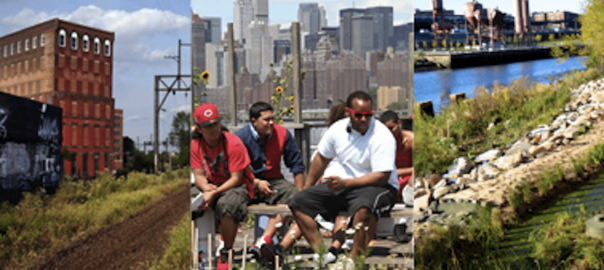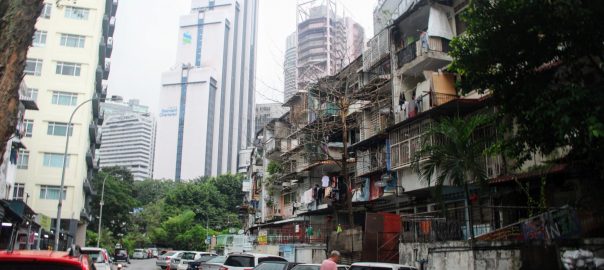Laura Booth, San Francisco.
Other Essays on: 26 Visions for Urban Equity, Inclusion and Opportunity
 Creating Universal Goals for Universal Growth
Creating Universal Goals for Universal Growth
Betsy Hodges, Minneapolis
There is a difference between equality and equity. Equality says that everybody can participate in our success and equity says we need to make sure that everybody actually does participate in our success and in our growth. A just city is a city free from both inequity and inequality. We...
0 Comment(s)Join our Conversation
 Defining the Just City Beyond Black and White
Defining the Just City Beyond Black and White
Toni Griffin, New York City
When I think about the just city, it’s always black and white I was born in Chicago the evening before President Lyndon Johnson signed the Civil Rights Act of 1964 into law. Growing up on the south side of Chicago meant that on an average day, I rarely saw or...
0 Comment(s)Join our Conversation
 Justice that Serves People, Not Institutions
Justice that Serves People, Not Institutions
Mirna Goransky, Buenos Aires
The purpose of this essay is to share some considerations about the meaning of “just City” from the perspective of a lawyer dedicated to the reform of justice administration and, in particular, to the design of systems that promote, encourage and facilitate the approach of justice for the people. This...
3 Comment(s)Join our Conversation
 Why Design Matters
Why Design Matters
Jason Schupbach, Washington
My vision for a just city is one where design and its power as a tool against inequality is leveraged for the benefit of all residents. As the director of design programs at the National Endowment for Arts, and one of the U.S. government’s primary advocates for good design, I...
5 Comment(s)Join our Conversation
OTHER ESSAYS ON SIMILAR THEMES...
SCIENCE &
TOOLS
 7 September 2015
Civic Ecology Meets EdX: An Experiment in Online Social Learning and Action
7 September 2015
Civic Ecology Meets EdX: An Experiment in Online Social Learning and Action
A pop-up garden in Kiev, volunteer “spotfixes” along sidewalks in Bangalore, and a flower garden planted atop a deadly landslide after an earthquake in Japan. These and other civic ecology practices are expanding in number. But how do we connect...
0 Comment(s)Join our Conversation
PEOPLE &
COMMUNITITES
 30 September 2015
September 11, 2015: An Event Ethnography of Living Memorials
30 September 2015
September 11, 2015: An Event Ethnography of Living Memorials
A reading of names. A procession. Placing flowers on memorials. Music. Moments of silence. Tolling of bells. Certain abiding symbols and gestures give structure to our memorial remembrances. In particular, we have come to expect a ritual formality and consistency at the World Trade Center site for remembering September 11, 2001. But how do we mark the day at the...
3 Comment(s)Join our Conversation
PLACE &
DESIGN
 19 February 2017
Southeast Asia’s Urban Future: A Snapshot of Kuala Lumpur
19 February 2017
Southeast Asia’s Urban Future: A Snapshot of Kuala Lumpur
We found ourselves scrambling along the slippery, vine-entangled slope, ducking under branches and contorting ourselves around fallen trees. The air was hot and thick with humidity, causing us to sweat after just a few minutes on the trail. As we...
2 Comment(s)Join our Conversation
ART &
AWARENESS
 7 December 2019
Neither Above Nor Below
7 December 2019
Neither Above Nor Below
Jakarta Is Sinking So Fast, It Could End Up Underwater —New York Times headline, 12/21/17 A flash of silver-green in the water. That is all Hasan sees, but it is enough. He runs after, alongside, his small legs propelling him...
1 Comment(s)Join our Conversation



Add a Comment
Join our conversation